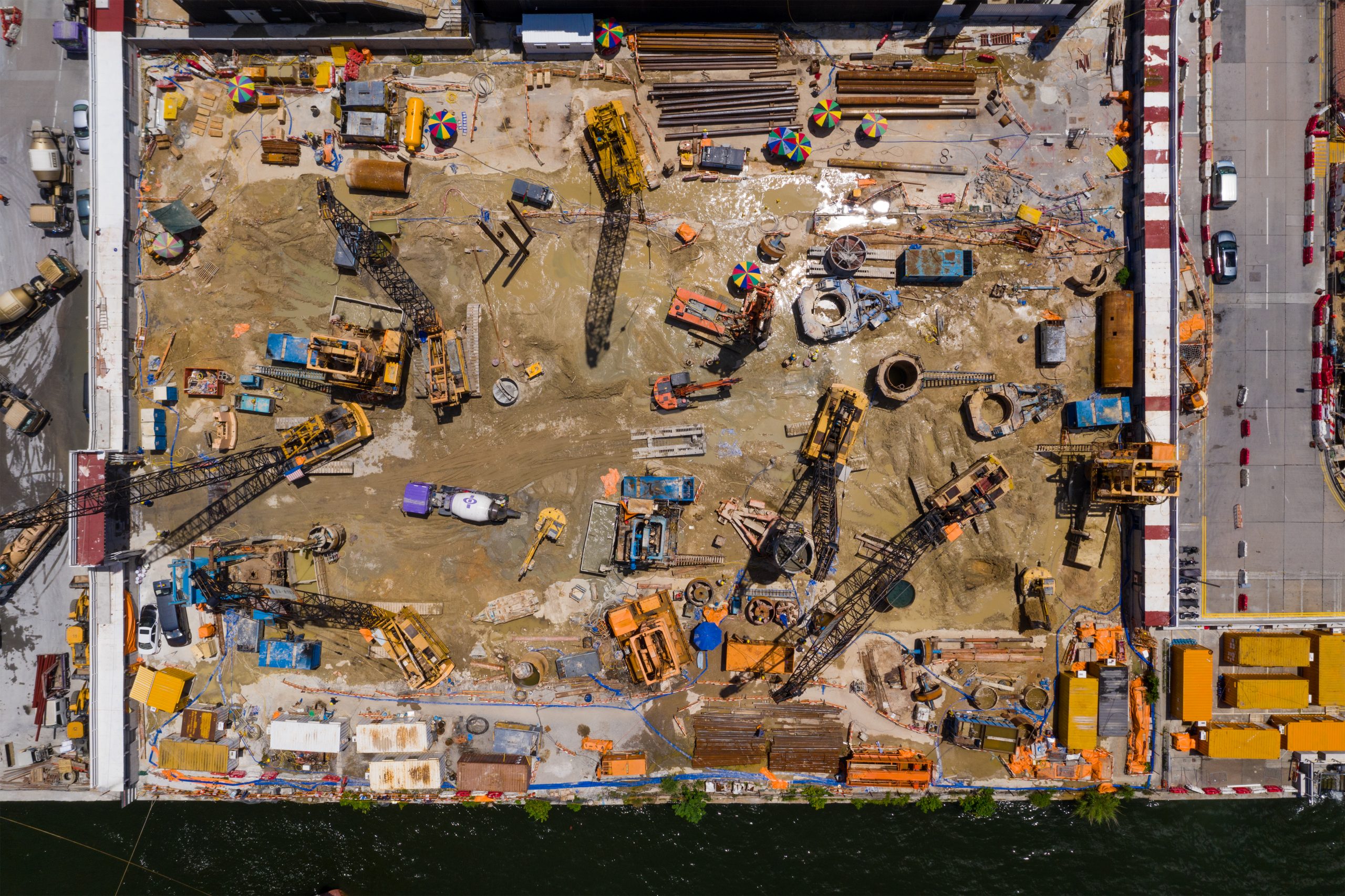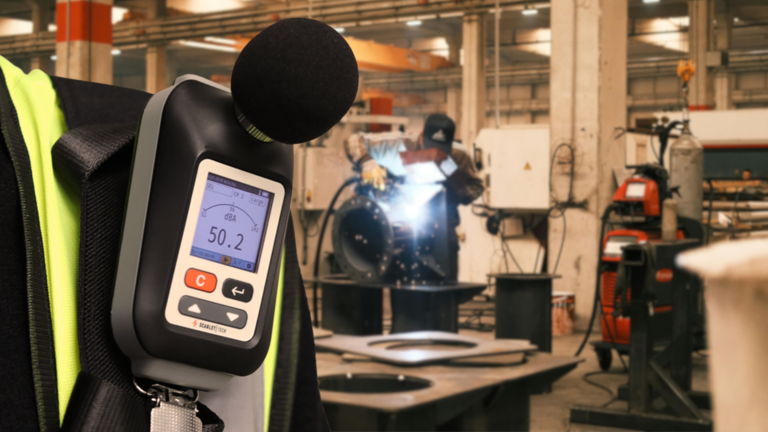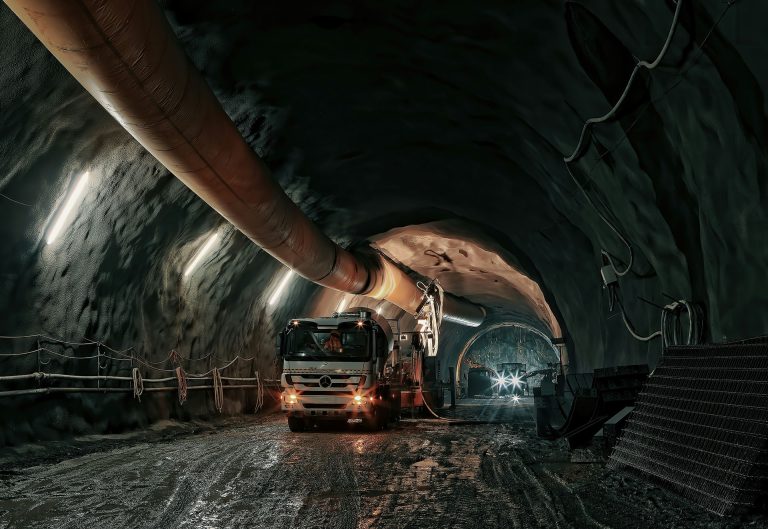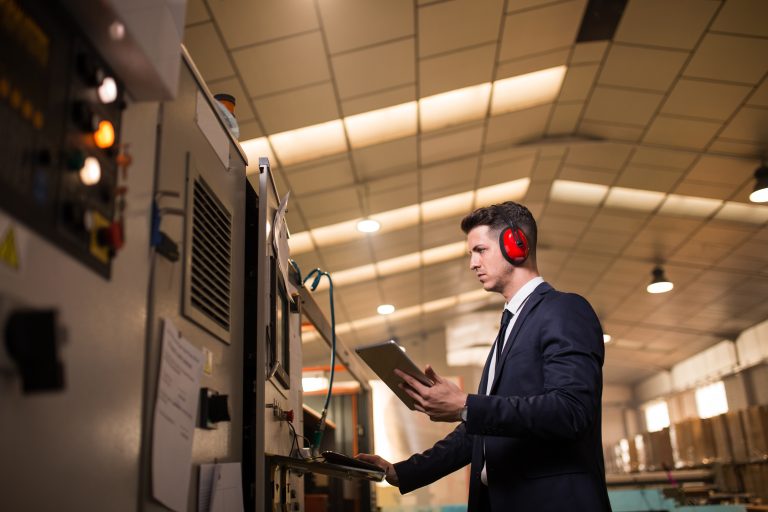What Is Construction Noise Pollution?
Construction noise pollution is the clatter of drills, hammers, trucks, and generators that spills beyond a jobsite and rattles nearby homes and wildlife. The bursts arrive unpredictably, so our brains struggle to tune them out. Chronic exposure is linked to higher heart rates, lost sleep, and rising blood pressure. The din masks warnings, hampers focus, and damages hearing for both crews and neighbors. Builders dodge strict limits because projects migrate and rules vary, leaving the annoyance under-counted in city plans. Tackling construction noise pollution with quieter tools, smart scheduling, and better notice keeps growth from becoming a headache.
Sources of Construction Noise
Heavy Machinery
Bulldozers, excavators, and pile drivers top the noise chart on most sites. Bulldozers can reach about 110 dBA at the operator’s ear. A pile driver spikes even higher, approximately 120 dB, when you stand ten feet away. Vibrating rollers and other compactors are not far behind, commonly measuring 102-108 dBA. When these engines run together, construction noise pollution easily exceeds the 85 dBA threshold that triggers hearing-conservation rules.
Power Tools
Hand-held power tools add a high-pitched edge to the racket. A hammer drill can hit 116 dBA during heavy boring. Circular saws hover near 113 dBA, doubling perceived loudness compared with normal speech. Jackhammers peak at 130 dB during pavement breakup. Stack even a few of these tools in a small space, and construction noise pollution turns into an all-day drone.
Demolition & Manual Work
Breaking structures introduces sharp, repetitive impacts. Hydraulic rock hammers can push levels past 114 dBA. In a similar vein, concrete saws sit around 90 dBA at 50 feet, still loud enough to cut safe exposure times sharply. Even raised voices between workers hover near the 85 dBA action level OSHA flags while demanding protective measures. Undoubtedly, these human and tool sounds drive construction noise pollution into a chaotic wall of sound.
Transport Vehicles
Constant vehicle movement keeps a steady background hum. A concrete mixer truck measures about 79 dBA at 50 ft. Dump trucks sit in the mid-70s to low-90s range and then add piercing backup alarms. Forklifts and delivery vans hover around 90 dBA, so the traffic roar never quite stops. The result is construction noise pollution that lingers well after the power tools fall silent.
Impacts on Health, Safety, and Environment
Hearing Damage
Construction noise pollution often pushes above 85 dB, the level at which experts say permanent hearing damage begins. The National Institute on Deafness and Other Communication Disorders notes that sounds at or above this mark can injure inner-ear hair cells irreversibly. Because of that risk, OSHA requires a hearing-conservation program whenever an eight-hour average reaches the same threshold. A 10-year longitudinal study of construction crews confirmed measurable threshold shifts in workers chronically exposed to 85 dB. Industry surveys continue to list construction among the sectors with the highest incidence of noise-related hearing loss.
Stress and Sleep Disturbance
Even when it is not painfully loud, construction noise pollution keeps the body on edge. Clinical reviews link nighttime noise to fragmented sleep, higher cortisol levels, and morning fatigue. Long exposure also links to blood pressure and cardiovascular strain. Surveys of city dwellers rank anxiety and persistent annoyance among the most common reactions to chronic site noise.
Wildlife and Property Values
Construction noise pollution travels far beyond the fence line. Field studies show birds shifting song pitch, mammals rerouting foraging, and some species abandoning nests when heavy equipment runs. Behavioral disruption can start at ambient levels as low as 40 dB in quiet habitats. Home buyers notice the din, too: properties exposed to constant site noise sell for less than similar quiet homes. Hedonic-pricing research confirms that transportation and construction noise depress real-estate values, and recent lawsuits have sought compensation for these losses.
Community Relations and Safety
When construction noise pollution dominates a neighborhood soundscape, complaints rise quickly. Residents frequently turn to mediation, ordinances, or court action to regain quiet. On-site, the same din can mask warning shouts and backup alarms, which allude to a well-documented safety hazard. Studies demonstrate that high ambient levels reduce the detectability of alarms and speech, heightening accident risk for workers and passers-by alike.
Regulations & Mitigation Strategies
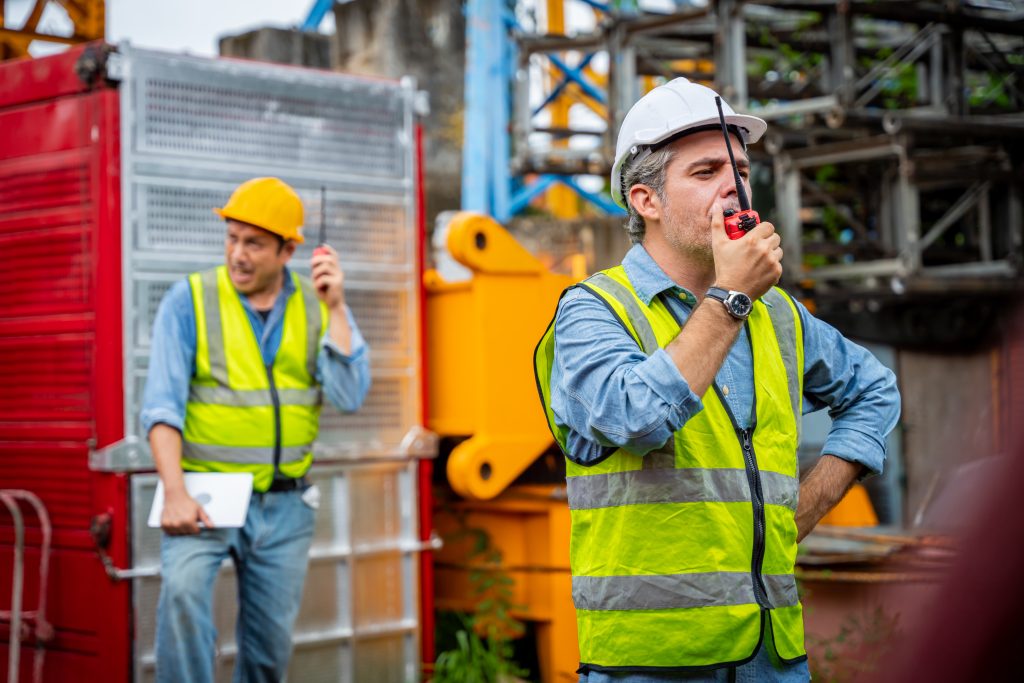
Noise Regulations
OSHA treats site noise above 90 dBA over an eight-hour shift as hazardous and caps impulsive peaks at 140 dBA. It also tells employers to launch hearing-conservation programs once exposures reach 85 dBA. Singapore’s NEA limits daytime levels to 65 dBA for homes and tightens the night cap to 55 dBA, with lower thresholds near hospitals and schools. In the EU, Directive 2003/10/EC puts an 87 dBA ceiling on worker exposure, while Directive 2002/49/EC obliges cities to map and manage community noise from building sites. All three regimes echo WHO advice to lower nighttime levels to safeguard sleep and curb construction noise pollution.
Mitigation Strategies
Good projects begin with a noise assessment so planners can spot hot spots early. Temporary barriers such as acoustic blankets or modular walls can shave a few dBs off loud machinery. Quieter electric tools and hydraulic drivers with smart scheduling move the loudest tasks away from evenings and rest days. Off-site prefabrication further cuts on-site hammering time and overall noise bursts. Regular maintenance, real-time IoT sensors that flag spikes, and consistent PPE training keep crews safe while calming the community about construction noise pollution.
Smart Tech, Community Engagement & Responsible Building
AI noise models now plug into BIM-GIS dashboards so planners preview hot-spots months before ground-breaks on European metro jobs, and researchers add machine-learning vibration prediction to sharpen those risk maps. Sydney contractors pushed this further while training an acoustic classifier that spots jackhammer or piling peaks with 81% accuracy on their Metro extension. Autonomous drones and mesh sensors then sweep the site, producing three-dimensional sound heat-maps and cutting manual walks in trials from Tokyo to Madrid.
When a model flags trouble, we grab our Class 1 Scarlet sound level meter—compact, battery-powered, 27-140 dB with data logging, and octave analysis—and feed verified readings back into the system to ground-truth fixed rigs. Tech matters only with people, so crews pair forecasts with early public notices, clear complaint hotlines, and live dashboards that neighbors can trust, turning data into dialogue and easing construction noise pollution concerns. Laws frame noise control as a duty, and ethicists remind us that limiting harm is the right thing to do. By blending predictive analytics, drone mapping, and quick-deploy accuracy in every meter, we help teams pour concrete—not decibels—and finish jobs that are smart, quiet, and responsible.
